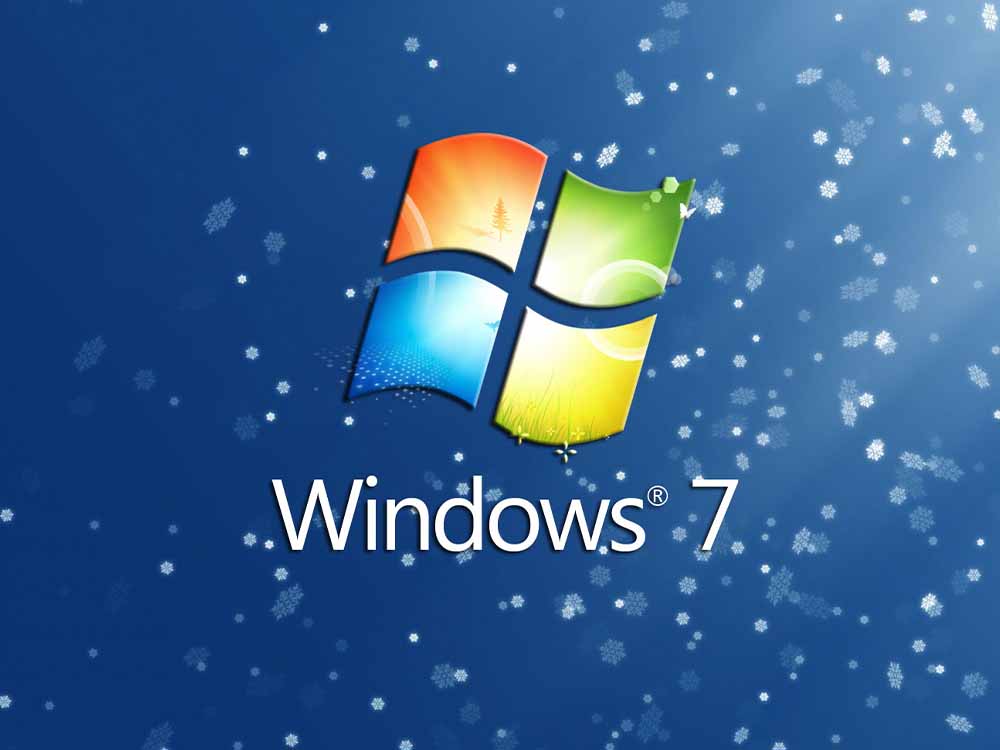Windows 7 in 2009 – A Paradigm Shift in Operating Systems, Enhanced User Experience, and Industry Resurgence
The release of Windows 7 in 2009 marked a paradigm shift in the landscape of operating systems. This exploration delves into the key developments that defined Windows 7, from its role in reshaping the user experience to the technical advancements that contributed to its industry resurgence.
Redefining User Experience – Aero Interface and Taskbar Innovations
Windows 7 brought a fresh aesthetic to the user interface with the Aero theme, introducing visual enhancements such as transparent window elements and smooth animations. The revamped taskbar was a standout feature, offering improved organization and functionality with features like Jump Lists and live thumbnail previews, setting a new standard for user-friendly interaction.
Technical Advancements – Improved Performance and Compatibility
Under the hood, Windows 7 represented a leap forward in technical advancements. The operating system boasted improved performance, faster boot times, and optimized resource utilization. Compatibility was a key focus, with a commitment to ensuring a smooth transition for users from earlier Windows versions, fostering widespread adoption and minimizing disruptions.
Security Reinforcement – User Account Control and BitLocker Encryption
Windows 7 addressed security concerns with the refinement of User Account Control (UAC), providing users with more control over system changes while minimizing disruptions. Additionally, the introduction of BitLocker encryption enhanced data security, catering to the growing need for robust protection against evolving cyber threats.
Industry Resurgence – Widely Adopted and Setting the Stage for Future Windows Versions
Windows 7’s release marked a resurgence for Microsoft in the operating system market. It gained widespread adoption, with users and enterprises alike recognizing its stability, performance improvements, and enhanced user interface. The success of Windows 7 laid a solid foundation for subsequent Windows versions, showcasing Microsoft’s ability to innovate and meet user expectations in the rapidly evolving digital landscape.
In Conclusion: Windows 7 in 2009 – A Benchmark for Operating System Excellence
Windows 7 in 2009 was more than just an operating system; it was a benchmark for excellence. With a redesigned user interface, technical advancements, reinforced security measures, and industry resurgence, Windows 7 not only met the expectations of users but also set the stage for the future of Windows operating systems. Its legacy continues to influence the design and functionality of modern operating systems, making it a pivotal chapter in the history of computing.











